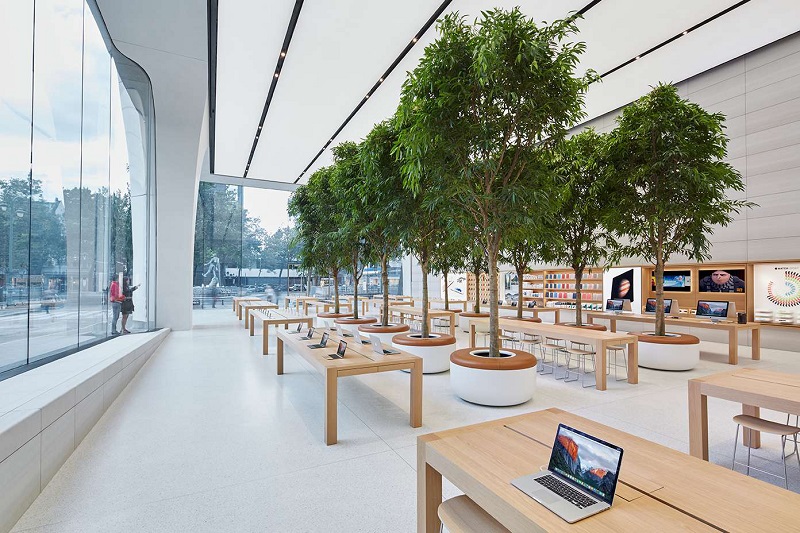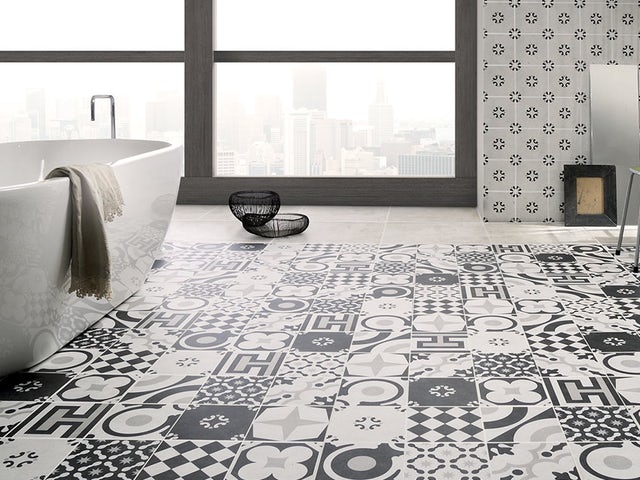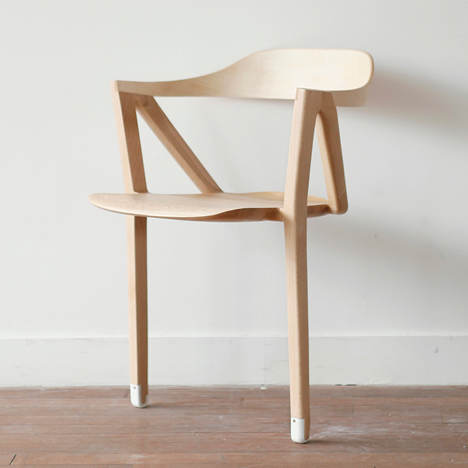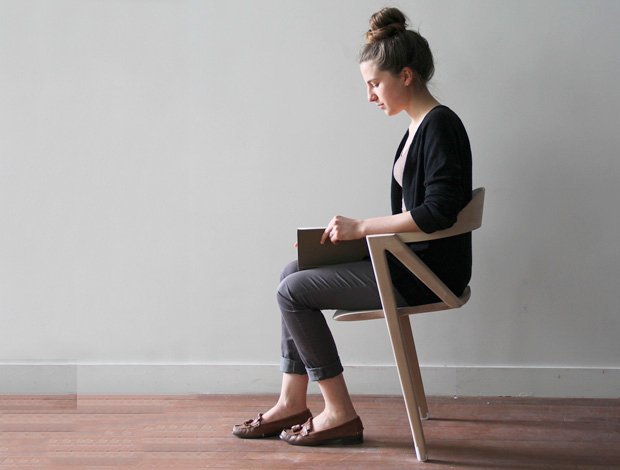Why Healthy Design Matters
While we all want buildings that are functional, well-designed, and sustainable, how much do we really consider the ways that buildings, their components, and the furniture within them influence our health? Believe it or not, building design can actually affect your cardiovascular system, your ability to breathe, your posture, and your risk of sickness.

Although we generally take our health seriously, judiciously watching what we put into our bodies, our desire to experience spaces that are healthy is minimal at best (but growing). According to the Institute of Health by Design and Architecture at the Université Panthéon Assas in Paris, the global market for buildings and projects designed to improve health and wellness is valued at around $119 billion US. As we look for more ways to stay healthy, we will also start looking for spaces that help make that possible. As Anne Robert, who chairs the institute, says, “the built environment and design are set to become the third pillar of prevention, alongside food and lifestyle choices.”
The Institute offers training to building product and furniture manufacturers to help them to understand how their goods can be used to improve the health of users. These courses are also available to architects and interior designers looking for insight when specifying healthy products for their projects. As more users of our built environment, both exterior and interior, become aware of the harmful chemicals inside some building and furniture materials, designers will be forced to be more mindful of the ways they can harm those who use their spaces.

A good first step would be to lower the amount of chemicals used in the production of building materials, many of which are harmful to our health. In October of 2017, for instance, Lumber Liquidators settled $36 million in U.S. class-action suits due to the harmful hardwood flooring that it sold. The suits alleged that between January 1, 2009 and May 31, 2015, the retailer sold products from a foreign supplier that contained a cancer-causing chemical known as formaldehyde. Lumber Liquidators did not hold themselves responsible for the harmful products, but the bad publicity from the class-action suits was enough to get them to settle and work on improving their quality control.

Building materials containing volatile organic compounds (VOCs) can damage the respiratory system, trigger allergies, and cause asthma. “Designing Communities, Shaping Health,” an interactive graphical chart by the American Institute of Architects (AIA), is an informative tool for understanding how buildings affect our health. The goal is to raise awareness and get people to ask themselves a familiar grocery store question: “what is in this?” We are already in the habit of asking that question about a building related to the environment, but not as much as we should be for our own health.


When we look beyond products and move into the realm of furniture, there is still the fear of toxins in some pieces. With furniture, however, there’s a greater concern about pieces that encourage a sedentary lifestyle. To counter this, some designers have that started creating furniture that helps improve posture and reduces the effects of sedentary working. Take, for instance, the two-legged balancing chair by French designer Benoît Malta. When sitting in this chair, the user has to regularly adjust their legs to keep themselves from toppling over. The user’s legs effectively become the other two feet of the chair, forcing them to exercise their muscles while seated. When images of the chair were released in 2014, Malta explained that he wanted to bring a “bearable discomfort” to furniture design to help people exercise even when they were stationary.
When was the last time you entered a building or public space and asked “what is in this place?” No parent wants their infant crawling on hardwood floors that contain a cancer-causing chemical. Choosing to take the stairs instead of the elevator is good for your heart, just as not sitting all day is good for your overall body. As people become more aware of how buildings, their components, and their furniture can either help or hurt their health, we will begin to demand more from our built environment.




